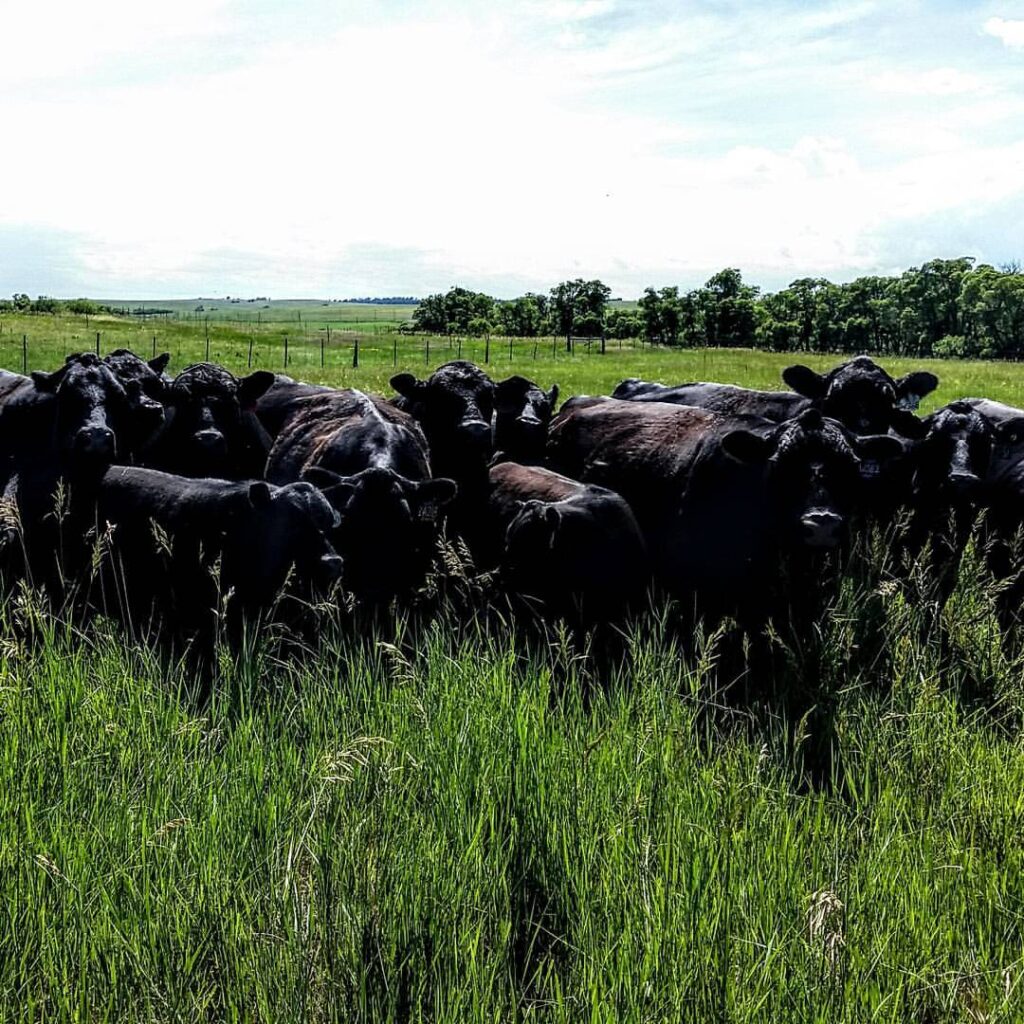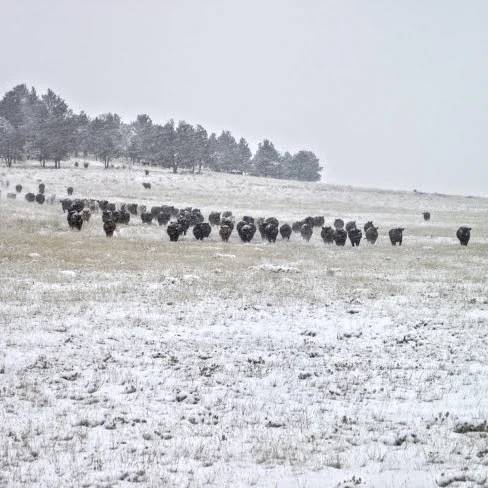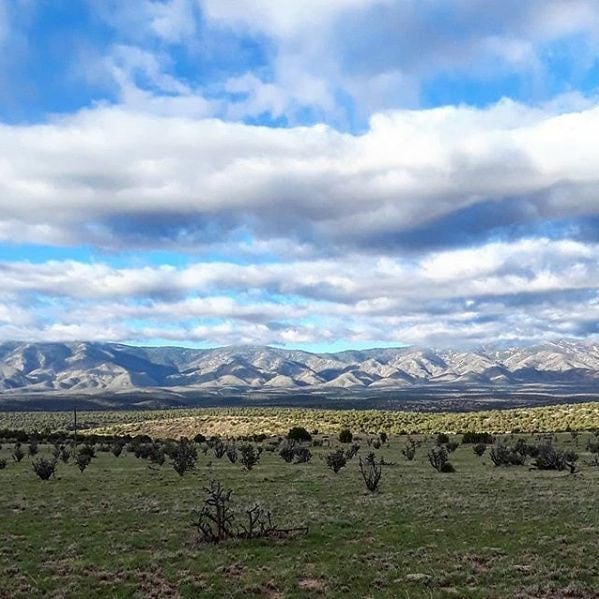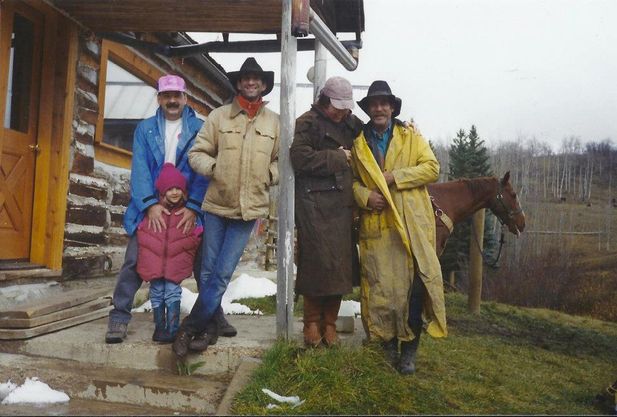What’s the Beef: Land Use and Sustainability
An oft-cited complaint about beef and sustainability–especially when comparing beef to other animal proteins–is land use, and it’s also one of the least understood metrics. Stocking rates vary widely across the nation, but they don’t mean anything in terms of sustainability.
A pasture stocking rate is defined as the number of animals per unit area over a given period (or how long animals are out on pasture). Stocking rates can be thought of in terms of animals per acre or pounds of animal body weight per acre.
Source
Stocking rates are a tool that cattle producers use to properly graze their land. Too few or too many animals on a pasture can result in negative ecosystem consequences, something that most producers avoid. The thing about stocking rates, though, is that they differ vastly across the country as moisture levels and ecosystems change. It takes more land to grow cattle in Southern Colorado or New Mexico than it does in Missouri or Alabama simply because there is less grass per acre in arid climates.

“More land,” therefore, doesn’t mean “less sustainable.”
Another common land use argument is that cattle are taking up land that should be used for raising crops. One of the major perks of cattle is that they can live nearly anywhere–including places where crops won’t grow. 85% of the land on which we graze cattle in the U.S. is unable to be farmed precisely because it’s so marginal. “Marginal” can be anything from forests to swamps, sandhills to deserts, poor soil to short growing seasons. Cattle can graze whatever grass this marginal ground grows, turn it into high-quality protein, and make the land healthier while they’re at it.
Rangelands in the United States evolved alongside grazing animals (typically bison) and we use well-managed grazing to not only utilize our rangelands to grow food but also to keep them healthy. Healthy rangelands mean healthy soil which means more carbon sequestration. In fact, according to the NRCS, “grazing land soils in the Great Plains contain over 40 tons of carbon per acre, while cultivated soils contain only about 26, on average,” and we are constantly learning more about how to increase the health of our rangeland soils. So no matter the stocking rate, cattle can be an amazing tool to actually improve the soil’s ability to be a carbon sink.
Cows are really cool, y’all.
One of the best parts about rangelands? They’re not just home to cows. Cattle share the range with all kinds of wildlife, bugs, flowers, grass…you name it, we’ve got it, and we’re taking our stewardship of it very seriously.
Cattle do take up a lot of room, it’s true, but they do a whole lot more than just take up space.






